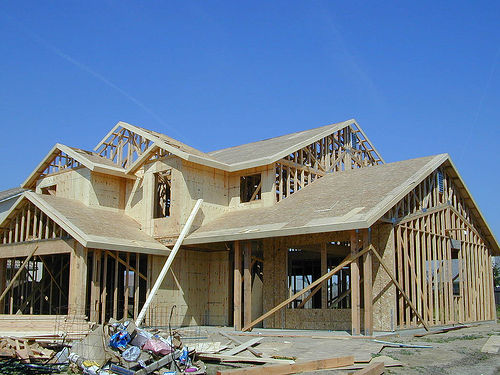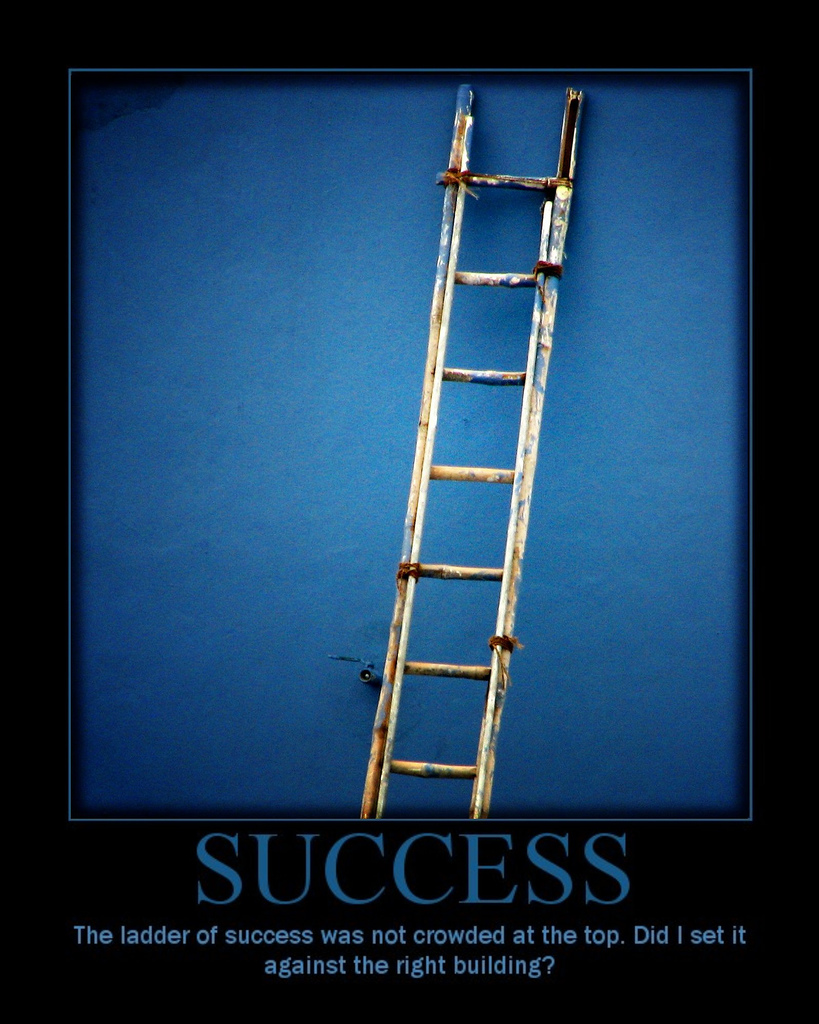Why investing in condominiums does not work in the Houston market
In most real estate markets across the US, condominiums are the poster child investment property of choice. The reasons are […]
Why investing in condominiums does not work in the Houston market Read Post »










